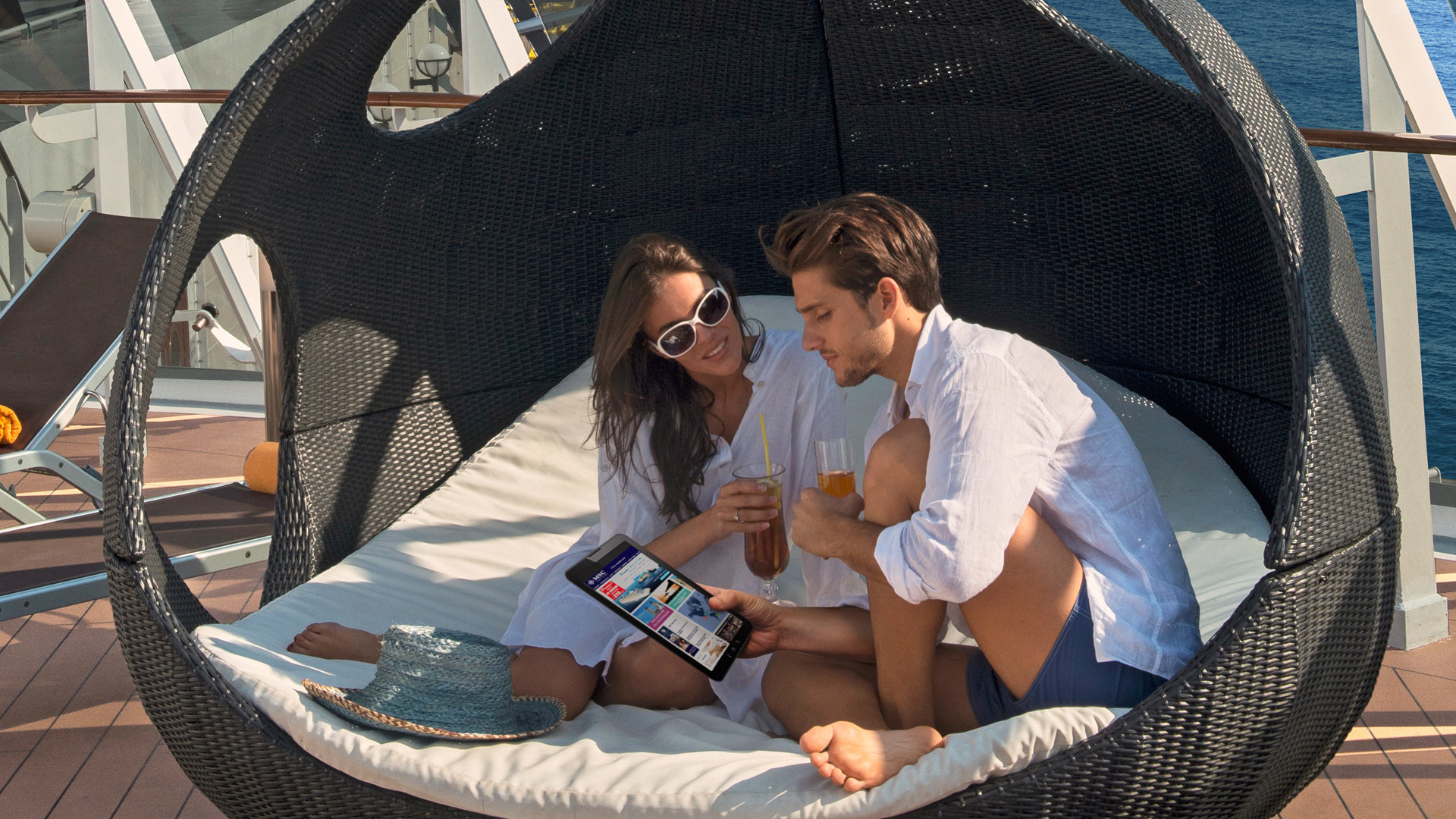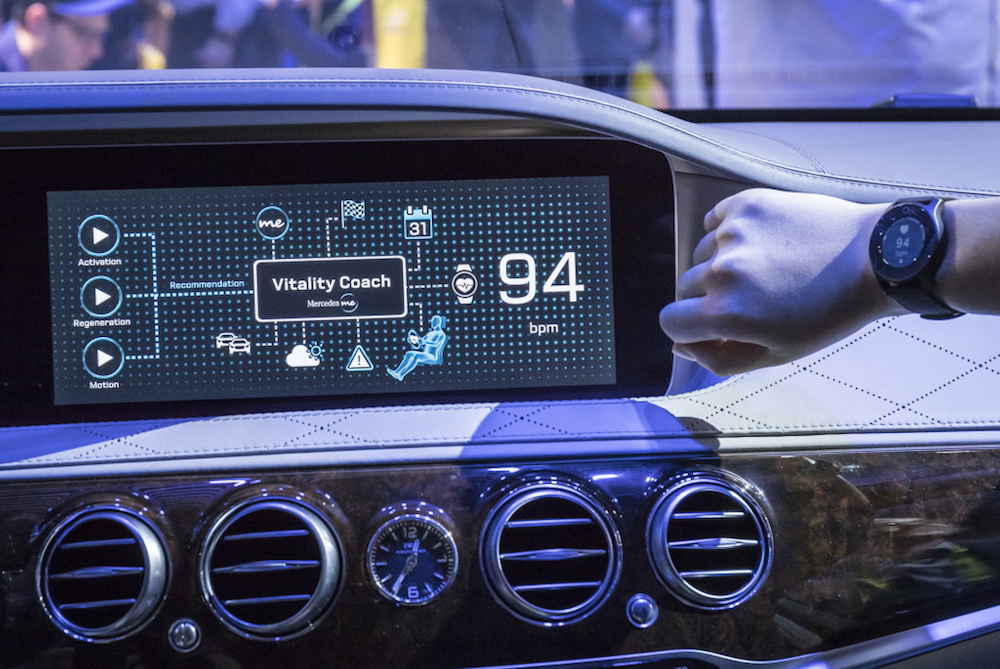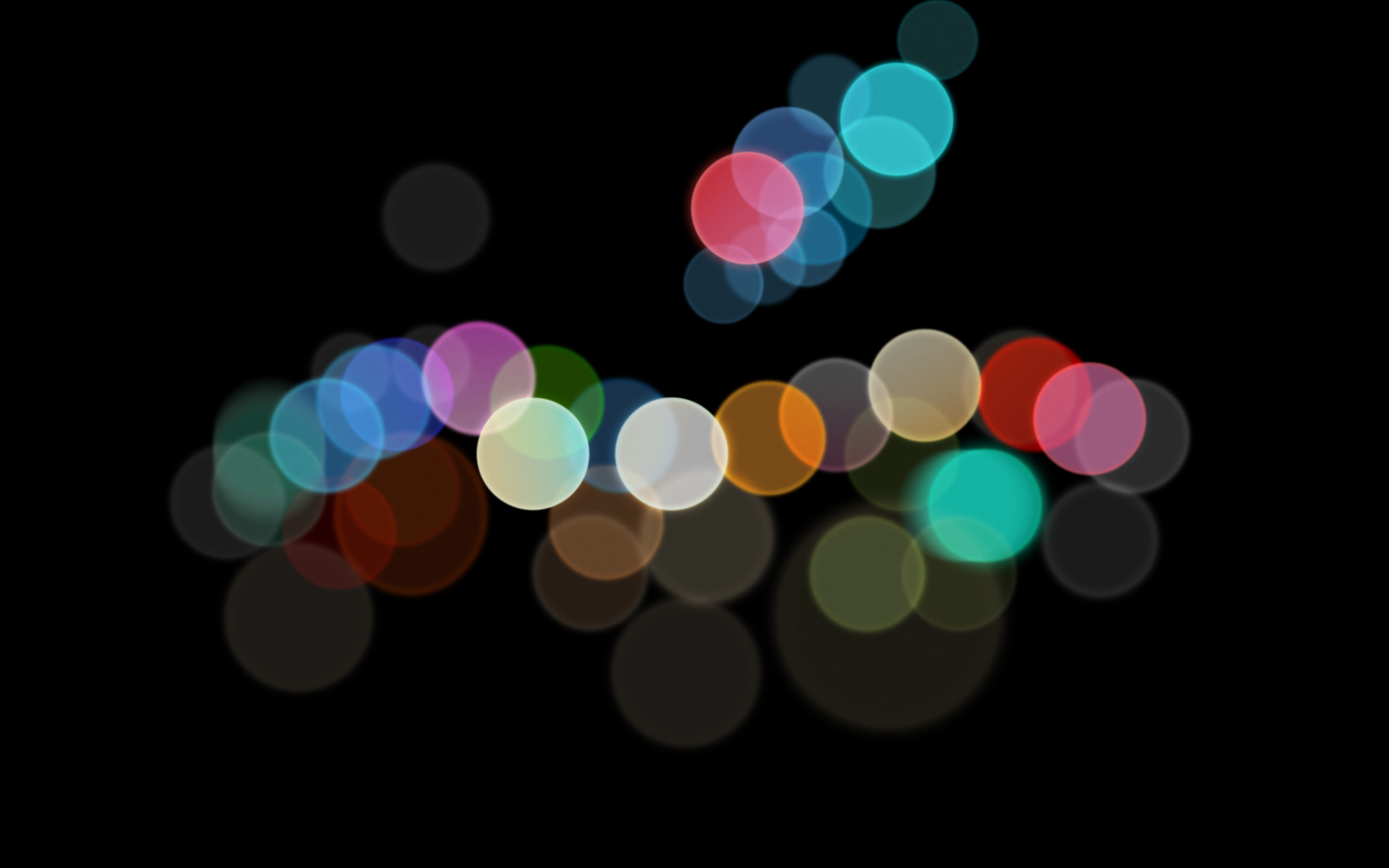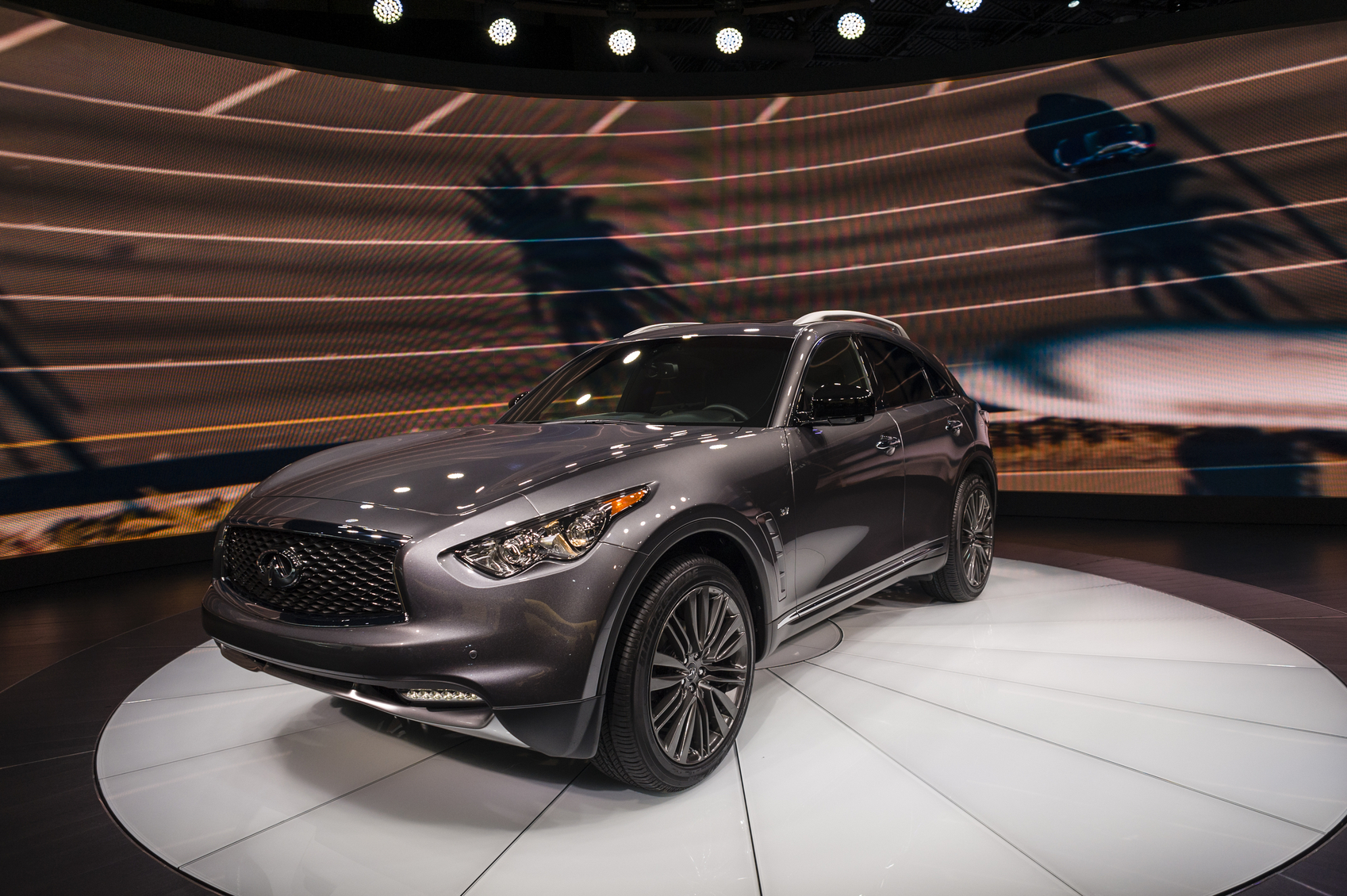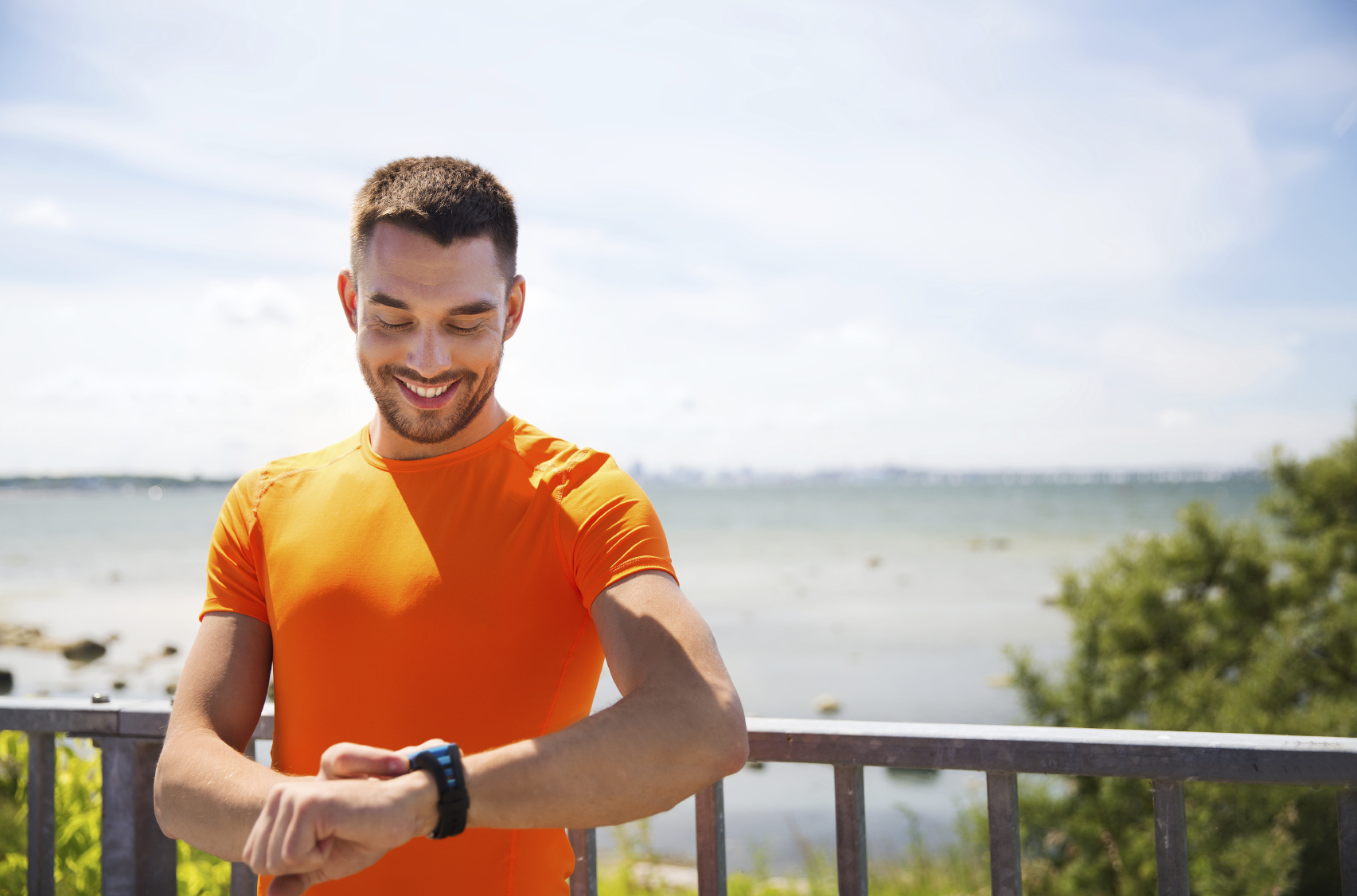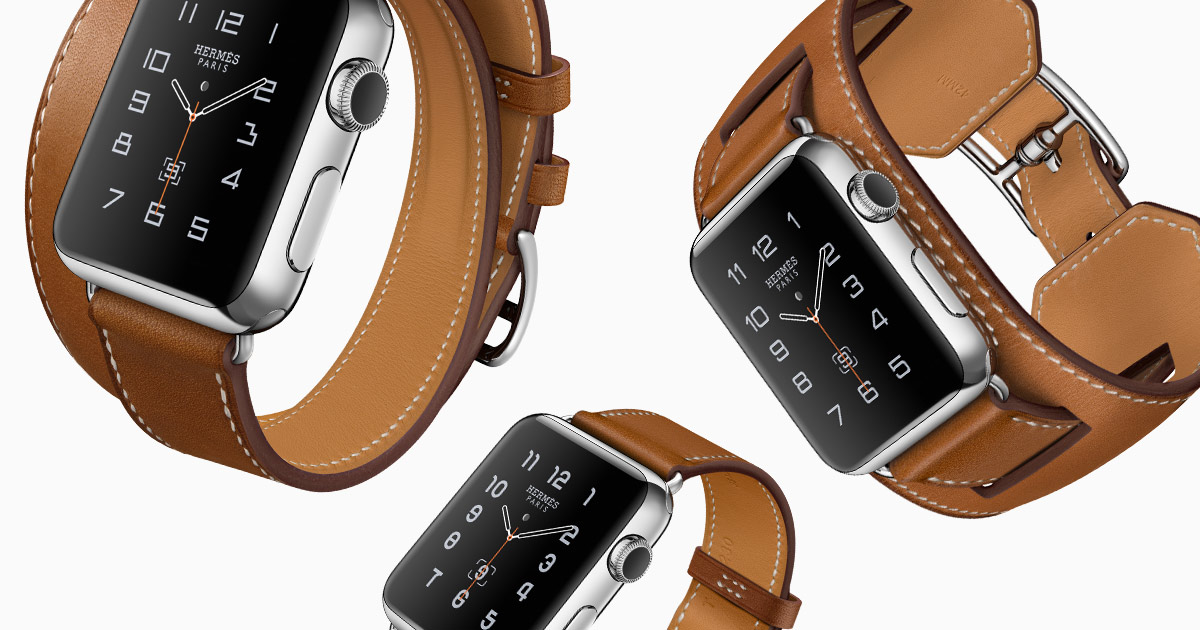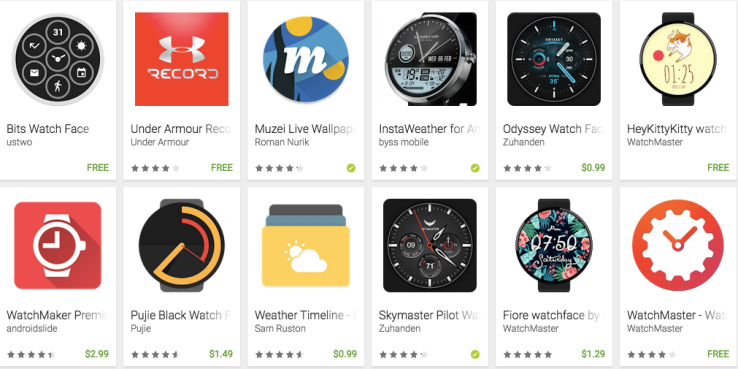What Happened
MSC Cruises, the world’s largest privately-owned cruise line, debuted its fleet-wide digital innovation program at the travel industry trade show ITB Berlin. The company worked with companies including Deloitte Digital, HP Enterprise, and Samsung to develop a new cruise system MSC for Me, which leverages VR content, wearables, and RFID/NFC technology to deliver a connected, personalizable, and holistic guest experience.
Each guest will be given a connected bracelet that will offer guests quick access to the ship’s services and will activate geo-located suggestions through 3,050 bluetooth beacons. Other key features of this new program include digital way finder and mobile concierge services, a VR content for previewing their trips, and a gallery with interactive screens showing the photos and videos that guests shared.
What Brands Need To Do
If this program sounds familiar, it is because MSC’s approach is quite similar to the Ocean Medallion program that Carnival Cruise unveiled at this year’s CES. Together, this two new guest-oriented innovation programs point to the future of travel and hospitality, where new technologies such as wearable and cloud computing work together to deliver a frictionless and highly personalized experience for each guest, guiding them through each stage of their travel.
As AI and wearable tech continue to advance, their potential to transform the travel and hospitality industries is just starting to show. Therefore, brands would be smart to start exploring the vast potential they hold and incorporating them into your guest experiences.
Source: Yahoo Finance
Header image courtesy of MSC Cruise’s press release
